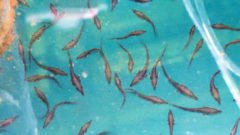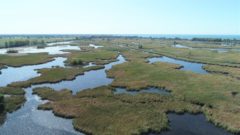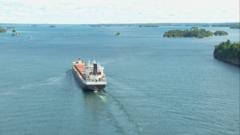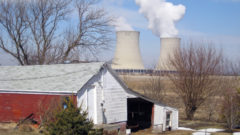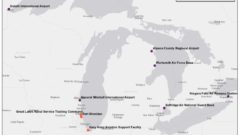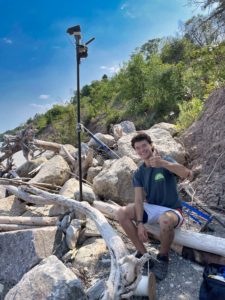New commentary from Idaho brings back the ongoing question of water diversion from the Great Lakes to drought-stricken western states. Read the full story by Great Lakes Now.
Why this tugboat depicting an iconic children’s series has been sailing on the Great Lakes all summer
Theodore TOO, an iconic tugboat that spent the past 21 years in Halifax, Nova Scotia, has been traveling around the Great Lakes promoting the protection of waterways and the connections between all sorts of bodies of water as it prepares to port at its new residence, in Hamilton, Ontario. Read the full story by WDIV-TV – Detroit, MI.
Great Lakes Commission
https://www.glc.org/dailynews/20210908-tugboat

